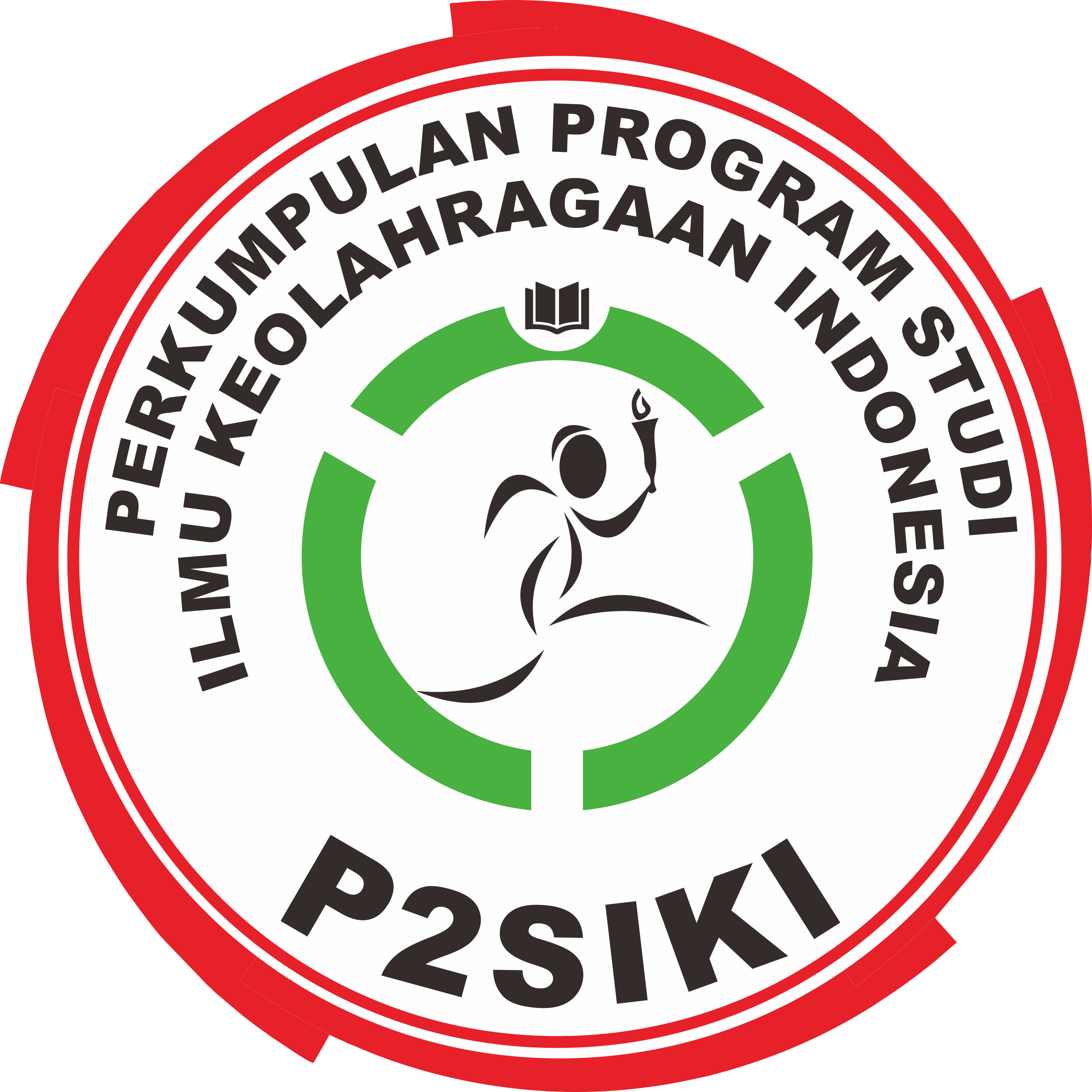Hubungan Indeks Massa Tubuh, Persen Lemak Tubuh, Asupan Zat Gizi dengan Kekuatan Otot
(1) Jurusan Ilmu Keolahragaan Fakultas Ilmu Keolahragaan Universitas Negeri Semarang. Semarang- Indonesia
Abstract
This study aimed to determine the relationship of body mass index, percent body fat and nutrient intake degan muscle strength. The method used cross-sectional study. Sample were students in high school basketball athletes Light Nations Semarang 15-18 years old .. weighing as much as 11 weight carried by digital scales, percent body fat measured by bioelectrical impedance analyzer (BIA) brand Corona, muscle strength with dynamometer. Data were analyzed using test and Spearman Person Product Momment. Statistical test results with the results obtained by the average normal BMI (21.6 ± 3.57), percent body fat (15.81 ± 3.63%), the level of energy consumption (54.45 ± 6.77%) and protein (63.93 ± 11.43%) less, the percentage of carbohydrate intake (68.97 ± 6.3%) and the percentage of normal fat intake (29.95 ± 4.88%). There is a relationship percent body fat with muscle strength (r = -0.670, p = 0.024) and protein intake relationship with muscle strength (r = 0.624, p = 0.04).
Keywords
Full Text:
PDFReferences
attelini T. 2000. Physique, Fitness and Performance. CRC press, Florida
Bompa O Tudor. 1990. Theory and Methodology of Training second edition. Dubuque, Iowa : Kendall-Hunt Publishing Company.
Bower RW, Fox EL. 1992. Sports Physiology 3th ed. Wm.C.Brown Publishers USA. P 322
Braun B, Benyamin F. 2008. Introductions to Sport Nutrition: Energy Metabolism in Sport Nutrition, Edited by Ira wolinsky, Judy A Driskell. CRK Press, New York, p.25-46.
Depkes RI. 2003. Gizi Atlet sepak bola. Depkes RI Dirjen Kesehatan Masyarakat Direktorat Gizi Masyarakat
Dipla K, Makri M, Zafeiridis A et al. 2008. An isoenergetic high-protein, moderate-fat diet does not compromise strength and fatigue during resistance exercise in womennBritish Journal of Nutrition 100 (283–286)
Direktorat Bina Gizi Masyarakat Departemen Kesehatan RI. 1997. Gizi Olahraga Untuk Prestasi, Jakarta.
Fox, Edward L and Donald KM. 1993. The Physiological Basis of Physical Education and Athletic. Macmillan Publishing Company, New York.
Irawan MA. 2007. Nutrisi, energi dan performa olahraga. Polton Sport Science and Performa Lab, Sport Science Brief volume 1 no.4.
Johnson B, Barry L. 1986. Practical measurement for evealuation in physical education Macmillan Publishing Company New York
Jones DP, Westman E, Mattes RD et al. 2008. Protein, weight management, and satiety Am J Clin Nutr 87(suppl):1558S– 61S.
Kramer WJ, L Marchitelli S, Gordon SE, et al. 1990. Hormonal and growth factor responses to heavy resistance exercise protocols J. AppL Physiol. 69:1442-1450.
Kreider RB, et al. 2004. ISSN exercise & Sport Nutrition Review : Reseach & Recommendations Sports Nutrition Review Journal. 1 (1):1-4.
Kreider RB, et al. 2010. ISSN exercise & sports nutrition review: research & recommendations Journal of the International Society of Sports Nutrition 7:7
Lemon PW. 1994. Protein requirements of soccer J Sports Sci 1994 , 12 Spec No : S17-22
Lemon PW. 2000. Beyond the zone: protein needs of active individuals J Am Coll Nutr 19 (5 Suppl) : 513S-521S.
Mcardle WD, Kacth FI, Katch VL. 1981. Exercise Physiology: Energy, Nutrition, and Human performance. Lea & Feiger, Philadelphia (268 -280).
Nossek J. 1995. General theory of training (Terjemahan M. Furqon H). Sebelas Maret University Press, Surakarta
O’Dea JA. 2003. Consumption of nutritional supplements among adolescents: usage and perceived benefits Health Education Research, 18, 98-107.
Ode J, Pivarnik J, Reeves M, & Knous, J. 2007. Body mass index as a predictor of percent fat in college athletes and nonathletes. Med Sci Sports Exerc, 39(3), 403-409.
Phillips ST, Hartman JW, Wilkinson SB. 2005. Dietary Protein to Support
Anabolism with Resistance Exercise in Young Men Journal of the American College of Nutrition Vol. 24, No. 2, 134S–139S.
Pusat Pengembangan Kualitas Jasmani. 2000. Pedoman dan Modul Pelatihan Kesehatan OLahraga bagi Pelatih Olahragawan Pelajar. Departemen Pendidikan Nasional, Jakarta.
Rasmussen B, Tipton, KD, Miller, SL,Wolf, SE, and Wolfe, RR. 2000. An oral essential amino acidcarbohydrate supplement enhances muscle protein anabolism after resistance exercise J. Appl. Physiol, 88:386 – 392.
Rennie MJ, Wackerhage H, Spangenburg EE, Booth FW. 2004. Control of the size of the human muscle mass. Annu Rev Physiol; 66: 799-828.
Rozenek R, Ward P, Long S, Garhammer J. 2002. Effects of high-calorie supplements on body composition and muscular strength following resistance training J. Sports Med. Phys. Fitness 42:340-347
Supariasa IDN, Ibnu Fajar, Bachyar Bakri. 2001. Penilaian Status Gizi. EGC, Jakarta, hal 59-63.
Tarnopolsky MA, et al. 1992. Evaluation of protein requirements for trained strength athletes J Appl Physiol 73(5):1986-95.
Tarnopolsky MA. 2004. Protein requirements for endurance athletes. Nutrition 20 (7-8) : 662-668.
The Asia Pasific Perspective ; Redefining Obesity and its Treatment, February 2000
Volek JS. 2004. Influence of Nutrition on Responses to Resistance Training. Med Sci. Sports Exerc., Vol. 36, No. 4, pp. 689-696
Weatherwax D. 2008. Komposisi tubuh dan efeknya pada spektrum performa olahraga. NSCA Sport Nutrition. Sept/Okt;7.5: 6-7. Online.Available from:URL http://www.olympic.or.id/files/documents/journal/7.5.pdf 12 Februari 2013
William. 2007. Nutrition for Healt, Fitness and Sport. Eight Edition. Americas, New York
William MH. 2004. Dietary Supplements and Sports Performance: Introduction and Vitamins J Int Soc Sports Nutr; 1(2):1–6
Refbacks
- There are currently no refbacks.
Published by:
Department of Sport Science, Universitas Negeri Semarang
Gd. F1 Lt. 1 FIK-UNNES, Jalan Raya Sekaran Gunungpati Semarang Indonesia 50229, Telp/Fax: (024) 8508007
This work is licensed under a Creative Commons Attribution 4.0 International License.




